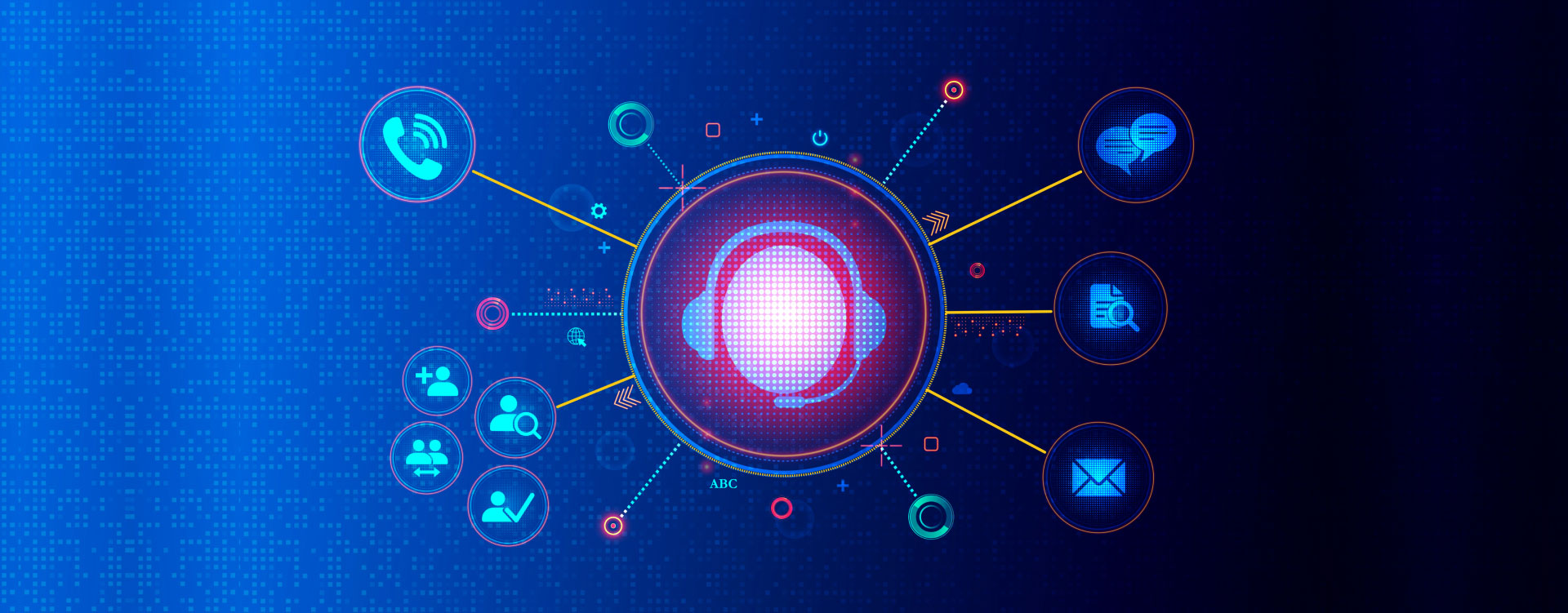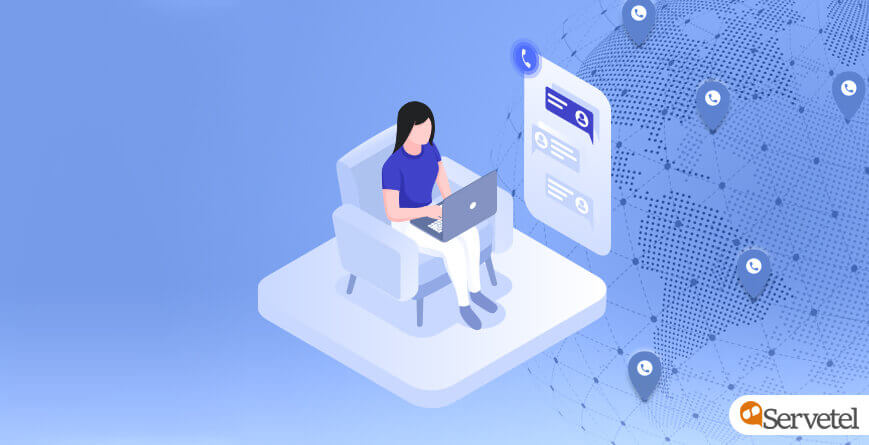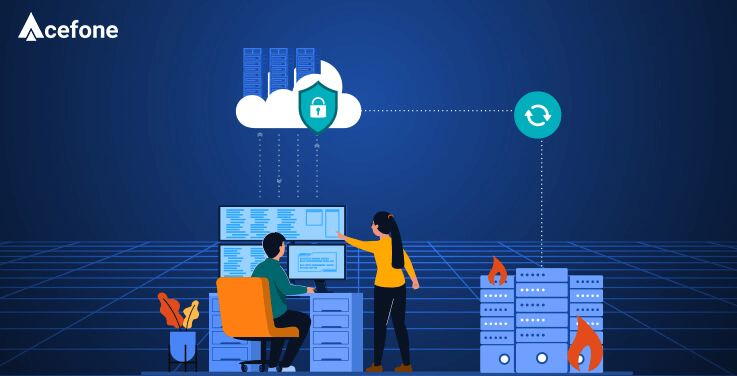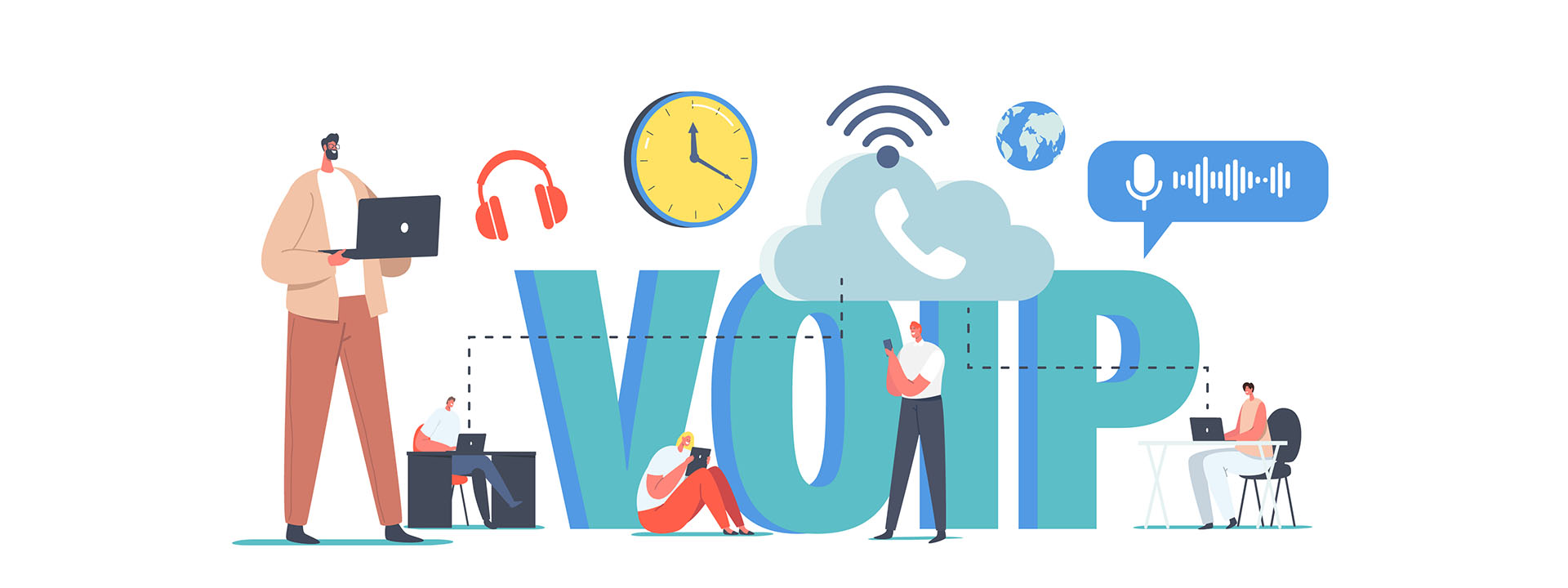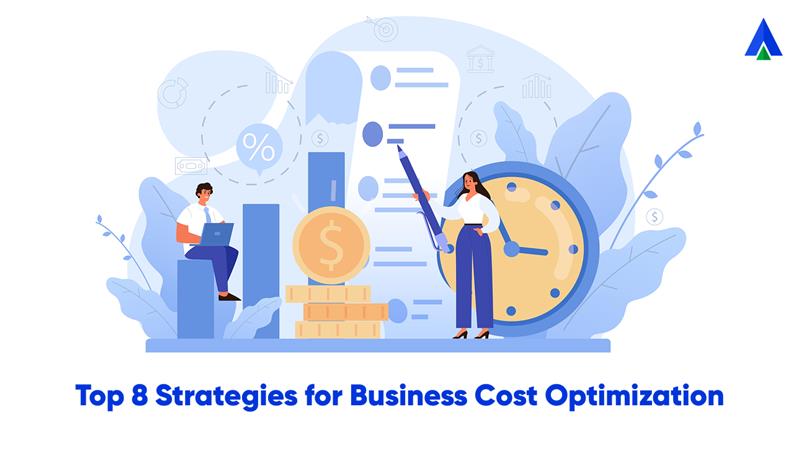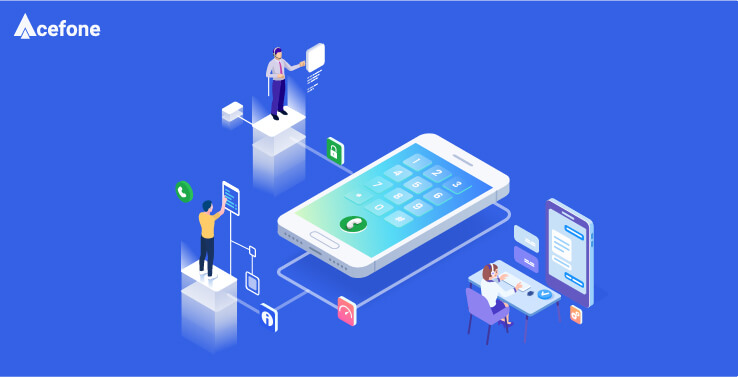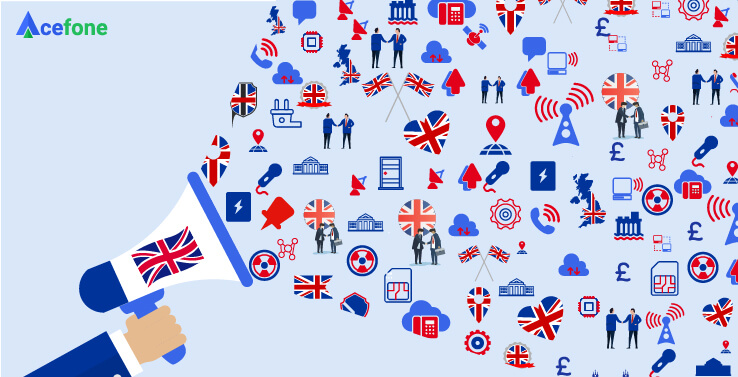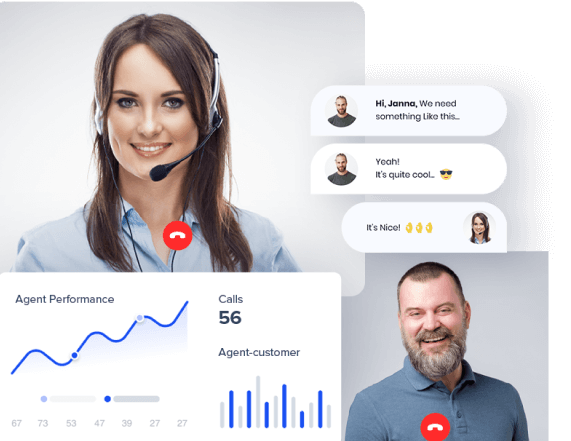The year 2020 will surely go down in history as one of the most eventful years of the 21st century, courtesy of the COVID-19 pandemic and the ensuing lockdown.
The virus led to the breakdown of existing systems and structures for new world order. New protocols were introduced to contain the virus and counter the rapidly increasing number of infections and fatalities worldwide.
The pandemic brought on new challenges that were antithetical to the functioning of the erstwhile systems in place. Since the virus spreads rapidly, combined with the limitations of the healthcare systems, social distancing and quarantine rules became the writing on the wall.
Customers and businesses alike were pushed to working and living without stepping outside their homes.
And nobody saw it coming.
Businesses were not adequately equipped or experienced to sustain remote operations. The general populace, too, was pushed into a state of widespread panic and paranoia.
The hysteria funnelled a more urgent need for instant and efficient customer service to resolve customer concerns—whether it was cancelled flights or the status of an essential item they ordered.
The way forward
While the pandemic came with its own set of challenges in dispensing fast and effective customer support, it also served as a watershed moment for the digital automation of the customer support systems.
During this worldwide public health emergency, people flooded the support channels. They sought more emphatic and immediate engagement, spurring customer support automation.
Companies had to gear up to adopt and implement technologies that automate support processes. And the various solutions that emerged from this period have changed customers’ digital habits for good.
Some of the trends which led to the adoption of automated solutions are:
-
Evolving customer behaviour:
Covid-19 rendered most of our habits useless and necessitated the usage of contactless services. People had to adapt to digital solutions, whether purchasing groceries or ordering clothes. This pushed them to adopt self-service technologies. 45% of customers are more likely to use self-service tools now than before Covid-19.
-
Shifting business ecosystem:
Covid-19 majorly disrupted the business ecosystem by introducing digital transformation around the globe, probably earlier than anticipated.
77% of companies rely on digital solutions, but less than half are ready for digital disruption. The pandemic exposed the technological gaps in the workings of organisations and forced them to adopt improved service delivery models.
-
Expectation imbalance:
There was a vast chasm between customer requirements and the standards of digital assistance and self-service.
Executives were under the gun to prevent customer churn, and this pressure eventually accelerated the adoption of self-service technologies. Experts point to the continual improvements seen over the years.
The integration of these tools and services in daily operations showed great benefits across industries and countries. Here, we discuss some of these solutions that stepped up during the pandemic:
-
Customer self-service
When a customer gains issue resolution without the intervention of a live agent, it is referred to as customer self-service. This is facilitated by various systems, including FAQs, chatbots, online portals, communities, and social media.
The enormous advances made in this sector can enable an entire population to solve most of their issues themselves.
Organisations that adopted customer self-service enjoyed the following benefits:
-
Better customer relations
It was critical for businesses to meet customer expectations during the pandemic. So, ensuring a faster response time became a clear indicator of successful operations.
Employing customer self-service became one of the strategies which led them to achieve the same. It also helped with customer retention.
Substituting traditional call centers with self-service tools would also improve operational efficiencies. The workforce earlier assigned to a dedicated call center desk for customer grievances can now be aligned to more strategic and operational roles.
-
More revenue
The pandemic saw the marketing spend plummet to new lows, consequently affecting virtually all businesses around the globe.
Therefore, it was crucial to maintain a consistent revenue stream at minimum cost. Effective customer self-service meant happy customers who chose to stick with the same company, ensuring a healthy inflow of returns at optimised cost.
Further, satisfied customers attracted more customers through word of mouth. People also bought more and more frequently if self-service was seamless.
-
Omni-channel customer service
The pandemic saw an uptick in the use of digital channels such as social media, online stores, and chatbots for purchases by customers. These brands also introduced safer manual purchasing means like curbside pickup, appointment shopping, and click and collect due to the pandemic.
However, retailers soon realised that integrating digital channels with physical channels was necessary to provide a seamless experience to customers. This connected approach to delivering service wherein customers can easily move between channels while continuing their journeys is called omnichannel support.
An omnichannel approach has a direct impact on the following facets of any business setup:
– Businesses that adopted omnichannel support systems showed a 7.5% YoY decrease in costs along with a 9.5% annual increase in revenues
– Omnichannel support also contributed towards customer retention by developing loyalty through enhanced support
-
Conversational AI
The increasing workload of support staff worldwide during the pandemic forced companies to look for solutions that could rectify the situation without compromising on quality.
This is where Conversational AI came into the picture.
This technology utilises natural language processing (NLP) and machine learning (ML) algorithms to offer a human-like interaction to customers.
Conversational AI does not rely on a pre-determined set of phrases to converse with the customer, allowing the customer to talk freely about their problem statement.
In the initial phases of the pandemic, Whatsapp used conversational AI to connect people in need of oxygen or any other medical supply. The adoption of the technology brought the following advantages to businesses:
- It helped build more profound and empathetic customer relations, thus driving loyalty and retention
- AI-powered customer support teams to work remotely with ease and comfort
- Incorporating AI in support systems meant that customers did not have to wait for a human agent to resolve their queries. This added agility and speed to the entire support process.
The COVID-19 pandemic became the perfect opportunity for the automation of the customer service systems.
Technologies like conversational AI, omnichannel support, and self-service facilities provided much-needed relief to overburdened client-facing teams who were able to fulfil customer expectations.
It is expected that these practices will continue in the post-pandemic era, and these processes will take root in the customer’s psyche.
To know more, get on-call with our cloud experts at 1888-859-0450 or drop an email at [email protected]!








